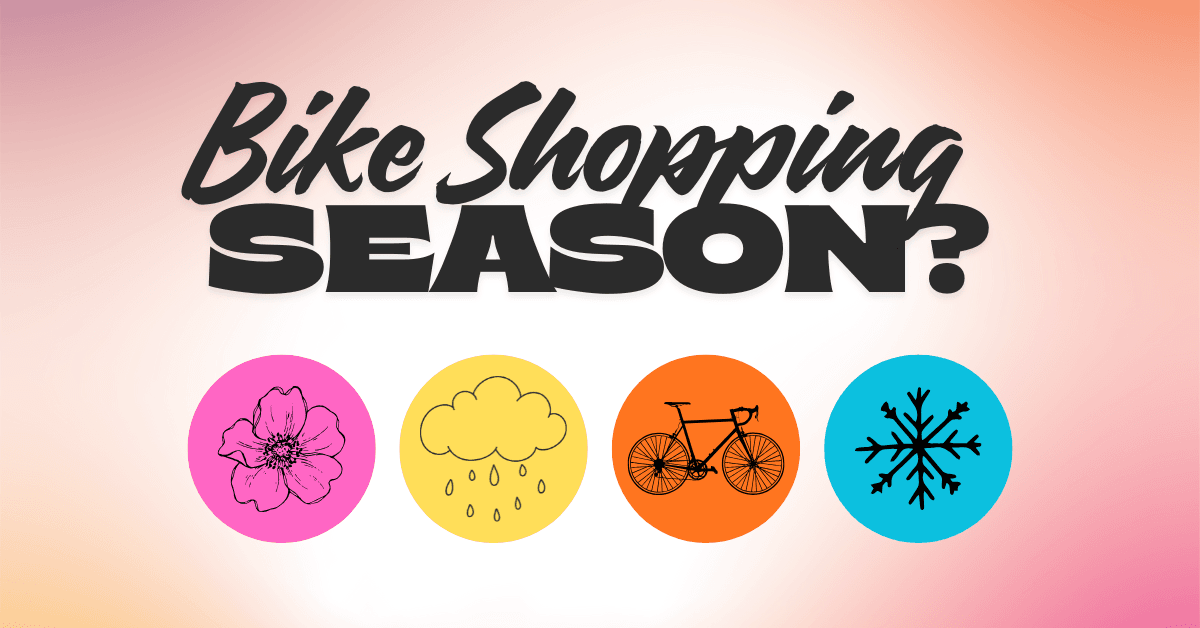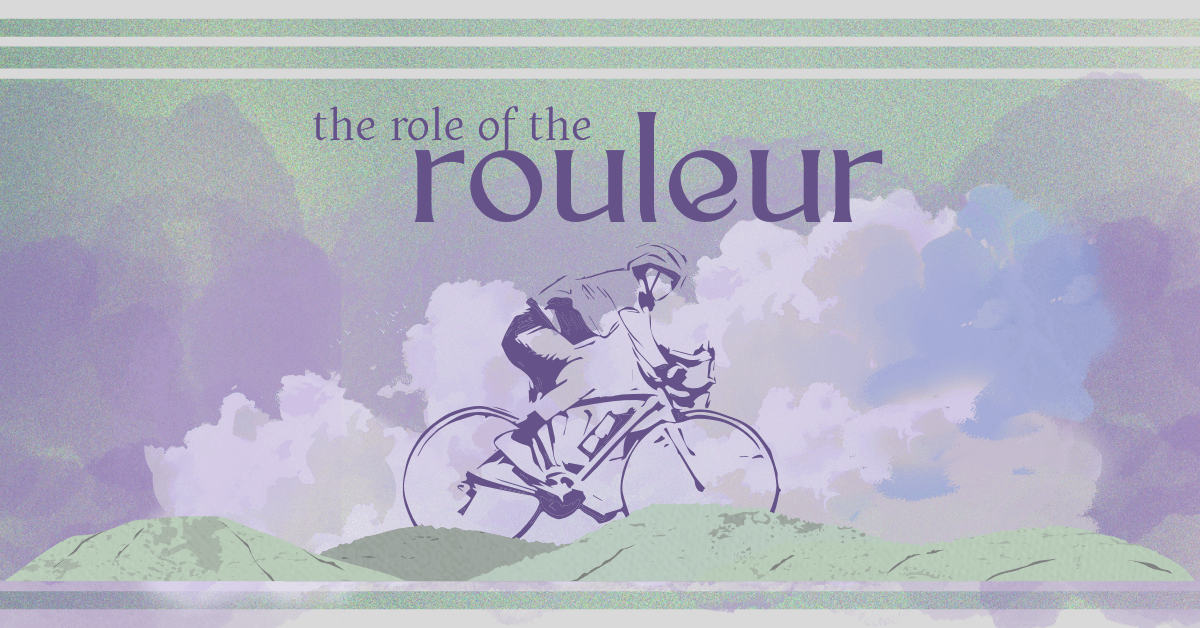What’s that red drink in Jonas Vingegaard’s hand? If you’ve ever watched a stage of the Tour de France, the Vuelta a España, or the Giro d’Italia, you might have seen cyclists sipping on a red juice. It’s tart cherry juice, made from Montmorency cherries. But why do they drink it? Packed with antioxidants, tart cherry juice may be a secret weapon for reducing muscle soreness after a tough ride. Does the science hold up? Let’s find out.
Embed from Getty ImagesWhat is the red drink professional cyclists have at the finish line?
Ever wondered about that vibrant red or purple drink you see cyclists sipping on after a big race? You may have spotted it at the finish line of the Tour de France or another big cycling race. The winner comes across the line, and in the mixed zone, their soigneur immediately hands them a bottle of red liquid. What IS that stuff?
It’s actually tart cherry juice! And there’s a big reason they choose it beyond just the flavor. Why drink it? It’s purported to be an ideal recovery drink that helps muscles stay strong and reduce inflammation after a big workout. And a stage of a Grand Tour is definitely a big workout!
Montmorency cherries are a tart cherry variety prized for their deep red color, strong flavor, and potential health benefits. They’re most commonly grown in North America and enjoyed dried, frozen, juiced, or even fresh in season. The juice is made from crushed and pressed cherries, with or without pits depending on the method. Large-scale production usually involves hot or cold extraction. Hot extraction gets more juice but might affect flavor, while cold extraction preserves more delicate compounds. After filtering, the juice is pasteurized and bottled, and you can buy it at any grocery store — including the ones that sponsor cycling teams.
Read more: Is Maple Syrup Good For Cycling?
Which well-known riders drink tart cherry juice?
It isn’t just about sponsorship, is it? No! And no major cycling team is actually sponsored by a tart cherry juice company, although groceries like title sponsors Lidl or Jumbo may carry it in stock. In fact, the team Visma Lease-a-Bike (known as Jumbo-Visma before the 2024 season) are one of the biggest proponents and users of tart cherry juice. That’s why you’ll see big stars like Jonas Vingegaard or Wout van Aert having a bottle after a big stage.
Read more: Food Friday – This is what our riders drink (Visma Lease-a-Bike)
However, other pros like tart cherry juice as well. Belgian superstar Remco Evenepoel and members of his team, Soudal Quick-Step, have been seen to sip on tart cherry juice for recovery. Because cherry juice is affordable, teams at all levels can afford to supply it for their riders and reap its health benefits.
Read more: How to Recover Like a Grand Tour Rider (Rouleur)
Recovery benefits of tart cherry juice… are they supported by science?
But just how many of the supposed “benefits” does tart cherry juice actually have?
In 2022, a group of scientists combed the literature for studies relating to the use of tart cherry juice for athletic performance. Because studies don’t always agree with each other, scientists use these type of “meta-analysis” to draw a consensus from the published work in a specific area. The review focused on 14 unique studies across a range of scientific disciplines. Overall, the authors determined that tart cherry juice does give a recovery benefit to athletes who consume it before or after a workout.
The mechanisms of action for tart cherry juice in the body is relatively simple but also multifaceted, meaning that it provides a lot of small benefits across the body that have a cumulative effect. The drink has a positive impact on muscle strength and muscle soreness over time. It has also been shown to reduce protein markers of muscle damage and inflammation, suggesting that compounds in the juice prevent those types of stresses from occurring.
While these markers have been found, the actual causative factor for these changes was not understood until recently. Antioxidant molecules found in Montmorency cherries (and subsequently tart cherry juice) called polyphenols convert reactive oxygen species in the body to non-damaging products. Reactive oxygen species are a known causative factor for inflammation and muscle stress and are often made in the body during and after exertion. However, recent studies have also shown that antioxidant proteins are upregulated in the body when exposed to these polyphenols and their downstream derivatives. This means that tart cherry juice is able to reprogram the body to be more responsive to reactive oxygen species stress, and subsequently have less inflammation and better recovery potential.
Embed from Getty ImagesDo all the studies agree?
However, all the studies out there aren’t synonymous about the benefits of cherry juice. Many studies show little impact at all from drinking cherry juice before or after exercise. Sometimes, there is too much variation (or “noise”) in the study to draw a clear conclusion. But because there are no major downsides to drinking cherry juice other than sugar intake, many athletes likely take a “better safe than sorry” approach to reaping its benefits, and try drinking it even when some of the evidence for its effectiveness is shaky.
And the idea of tart cherry juice as a recovery drink is becoming more widespread over time. Around 26% of athletes surveyed in a questionnaire said they had tried using tart cherry juice before or after their sport. This included professional athletes as well as semi-professional and recreational athletes as well. So tart cherry juice is clearly something folks are trying at all levels of sport, not just the pros.
Read more: Tart Cherry Juice: Recovery Drink or Snake Oil? (Outside Online)
Can amateur riders benefit from drinking tart cherry juice?
While tart cherry juice boasts a lot of potential benefits for recovery, amateur cyclists might see bigger gains by focusing on other aspects of their health. Prioritizing sleep, a balanced diet rich in fruits and vegetables, and a consistent training routine will provide a stronger foundation for cycling improvement. Tart cherry juice can be a complementary addition, but for noticeable results, focus on these core cycling practices first.
But just like the pros, it won’t hurt you to enjoy some nice cherries or cherry juice as well. If you want to give tart cherries or juice a try, consider these lovely options before or after your workout.
- Before a tough day on the bike, gear up by sitting outdoors with a glass of chilled tart cherry juice. The sunshine and fresh air combined with the juice will be a refreshing and potentially muscle-calming pre-workout. You’ll feel ready for a stage of the Tour de France yourself!
- For something that’s easier to integrate into your regular routine, start your morning with a healthy breakfast featuring tart cherries. Enjoy a bowl of Greek yogurt topped with fresh or dried Montmorency cherries and a drizzle of honey.
- After finishing one of your favorite cycling routes, stop at a scenic spot with a small container of dried Montmorency cherries or a thermos of diluted tart cherry juice. Diluted juice over ice is a great option because it is less tart and more refreshing than the concentrated stuff. Enjoy the weather and cooling down after your ride, and maybe get some benefits for your recovery, too!
Read more: 5 Refreshing and Easy Cycling Drink Recipes
What else do Tour de France cyclists choose to drink before or after races?
Whether its cherry juice or something different, every rider needs a drink after a big effort on the bike. Some pro cyclists prefer to reach for a surprising post-race drink instead: soda. It might seem odd, but sugary sodas like Fanta or Coke offer a quick hit of sugar. After a grueling race, cyclists’ glycogen stores are depleted. The readily available sugar in soda helps replenish those stores and kickstart their recovery process. Plus, the carbonation may help with digestion after a day without much fiber on the bike. It’s not a long-term solution, but for that immediate post-race boost, soda is a cyclist’s best friend.
While sugary drinks like soda or cherry juice reign supreme, some are exploring a different option: ketones. These fuel molecules are typically produced by the body during fasting, but their precursors can be formulated as a recovery drink instead. The idea is that ketones offer an alternative energy source and should be taken before and after the race for the best results. However, research on ketones is still emerging with mixed results. While some studies suggest benefits, others show no improvement or even drawbacks. For now, some teams are using ketones, especially the big players looking for that niche advantage.
Read more: Ketones for cycling: What are they, do they work and are they banned? (Cyclist.co.uk)
Do riders drink alcohol during the Tour de France or other big races?
What about a post-race celebratory beer or wine? During racing season, professional cyclists have to ditch the alcohol. Alcohol dehydrates the body and only hinders recovery efforts, making it a no-go for these elite athletes.
Alcohol sponsorships were once common for cycling, but the trend has shifted over time. Now, some teams prefer to partner with non-alcoholic beer companies. This gives their riders a celebratory post-race drink option without compromising conditioning.
Of course, there is one big exception. Champagne showers are iconic on many race podiums! There’s nothing more fun than spraying the crowd with a fizzy bottle to cap off a win. And a celebratory toast with champagne — or a drink right from the bottle — is enjoyed by many cyclists. Before the Champs-Élysées during the final stage of the Tour de France, a flute of champagne becomes more about tradition and celebration than its impact on race recovery. The race is over — now it’s time to celebrate!
Read more: Enjoying the Tour de France? Visit our Tour de France tag for more articles about this year’s edition.
Embed from Getty ImagesAre you interested in trying some tart cherry juice? Or is it all just a placebo effect for the pros? Let us know what you think or whether you’ve tried it before in the comments! ★










Leave a Reply